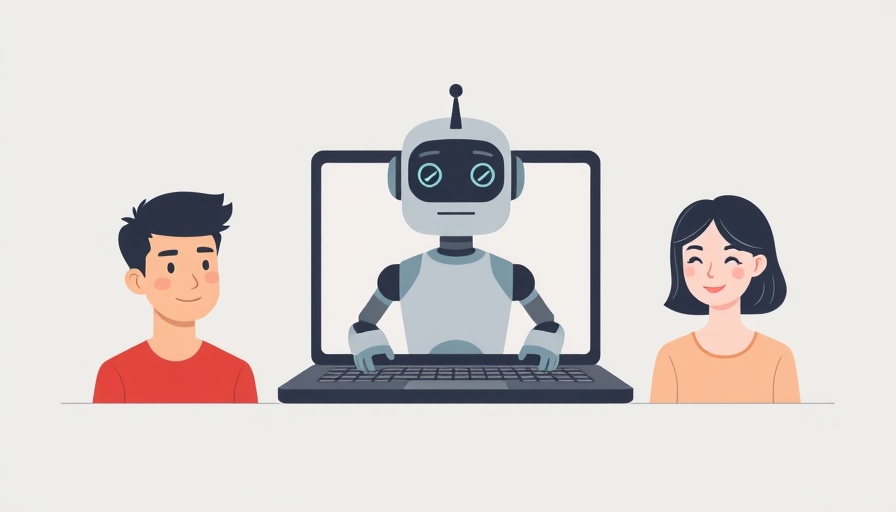
Understanding the Impact of AI on Young Workers
In recent years, artificial intelligence (AI) has surged into the workplace, transforming industries and reshaping job landscapes. A new analysis from Goldman Sachs indicates a worrying trend: young tech workers aged 20 to 30 are facing unprecedented unemployment levels as AI technologies advance. According to their findings, this age group has seen a nearly 3% increase in unemployment since early 2024, outpacing the general rate and highlighting the disproportionate impact AI is having on those just starting their careers.
Why Are Young Workers Most Affected?
The message from Goldman Sachs is clear: entry-level positions in tech are increasingly at risk due to the incorporation of AI technologies. While AI has the potential to enhance productivity and streamline operations, its implementation is leading to job displacement, particularly among young professionals who are often viewed as the first line of layoffs. This trend reflects a broader shift in employment dynamics, where routine and lower-skilled tasks are being automated, leaving entry-level positions vulnerable.
What Does the Future Hold for Employment?
Goldman Sachs estimates that AI could displace 6% to 7% of all jobs in the U.S. over the next decade. However, Chief Economist Jan Hatzius suggests that the overall unemployment rate would only see a manageable increase of 0.5%, due to the ability of displaced workers to transition to other roles. This presents a dual challenge: while there may be opportunities in new sectors, the immediate future for many young workers is increasingly uncertain.
Broader Industry Concerns
The displacement of entry-level jobs is not merely an academic concern. According to Challenger, Gray & Christmas, over 27,000 job cuts in the private sector have already been attributed to AI advancements since 2023. Industry leaders like Dario Amodei, CEO of AI startup Anthropic, predict dramatic changes in employment trends, envisioning a world where half of all entry-level white-collar positions may be wiped out, potentially leading unemployment figures to climb as high as 20% for this demographic.
Thoughts from Thinkers in AI
The ominous forecasts of tech leaders resonate with previous warnings from prominent figures in the field. Geoffrey Hinton, often termed the 'Godfather of AI,' is notably vocal about the implications of AI replacing mundane intellectual labor. His cautionary stance underscores a critical conversation about the readiness of the workforce to pivot in a rapidly changing job market.
The Silver Lining: Transitioning to New Opportunities
While the future may look bleak for some, it is essential to recognize that technological advancement has historically led to the creation of new job categories and industries. Just as automations displaced factory workers in the past, the rise of AI might spur demand for skills that align with technological advancement, such as in AI management, ethics, and maintenance. For entrepreneurs, this presents an opportunity to innovate and create training programs tailored to these emerging roles.
Conclusion: Preparing for a Transformative Era
As AI continues to evolve and integrate into various sectors, understanding its effects on the workforce, especially young workers, becomes increasingly crucial. Business owners must prepare for shifts in talent needs and consider both the risks and opportunities presented by AI. For many, developing a resilient business strategy that accounts for these changes will be a vital component of future success.
To stay ahead in this transforming landscape, consider investing in training and upskilling initiatives that empower your workforce to adapt to new technologies. With AI reshaping the industry, proactive measures can ensure your business thrives in the years to come.
 Add Row
Add Row  Add
Add 



Write A Comment